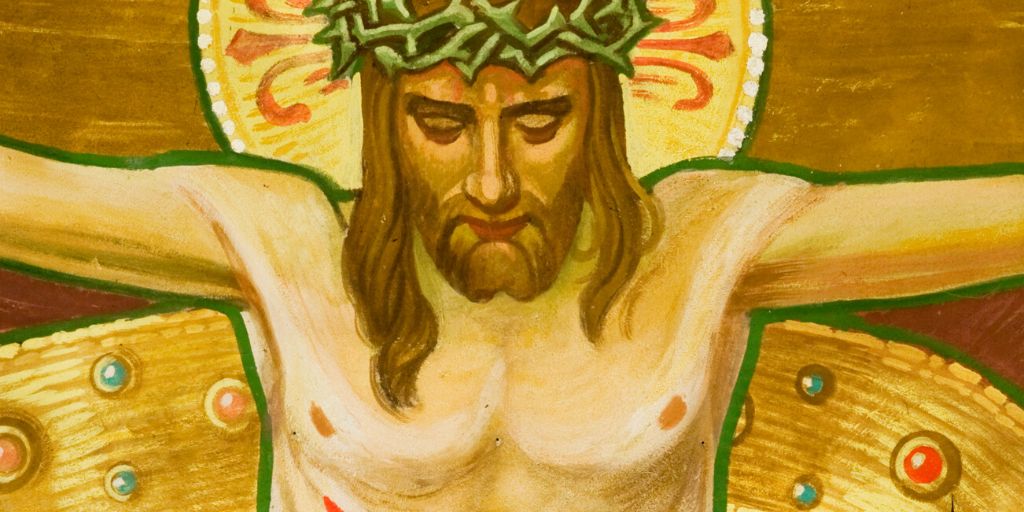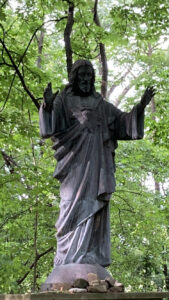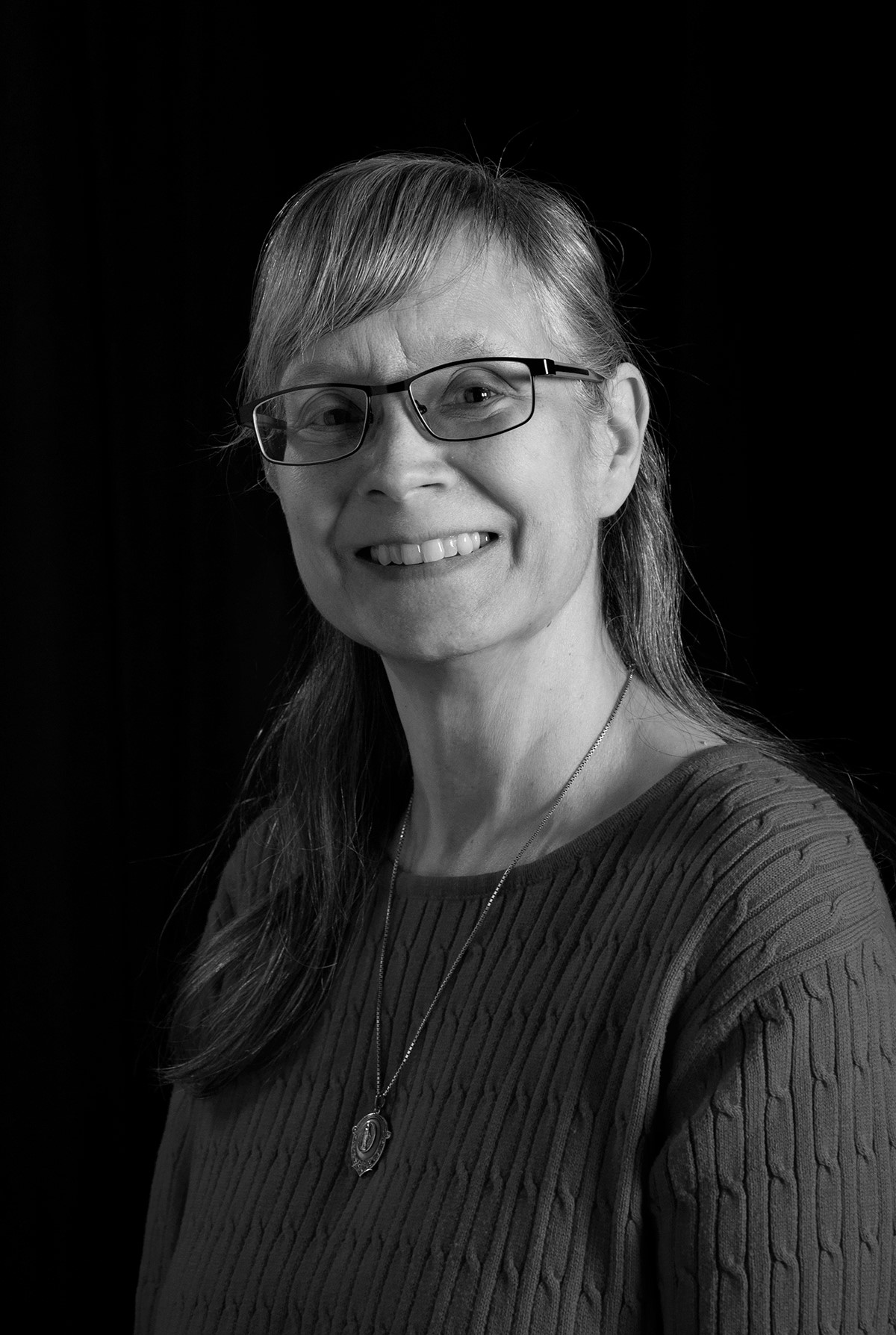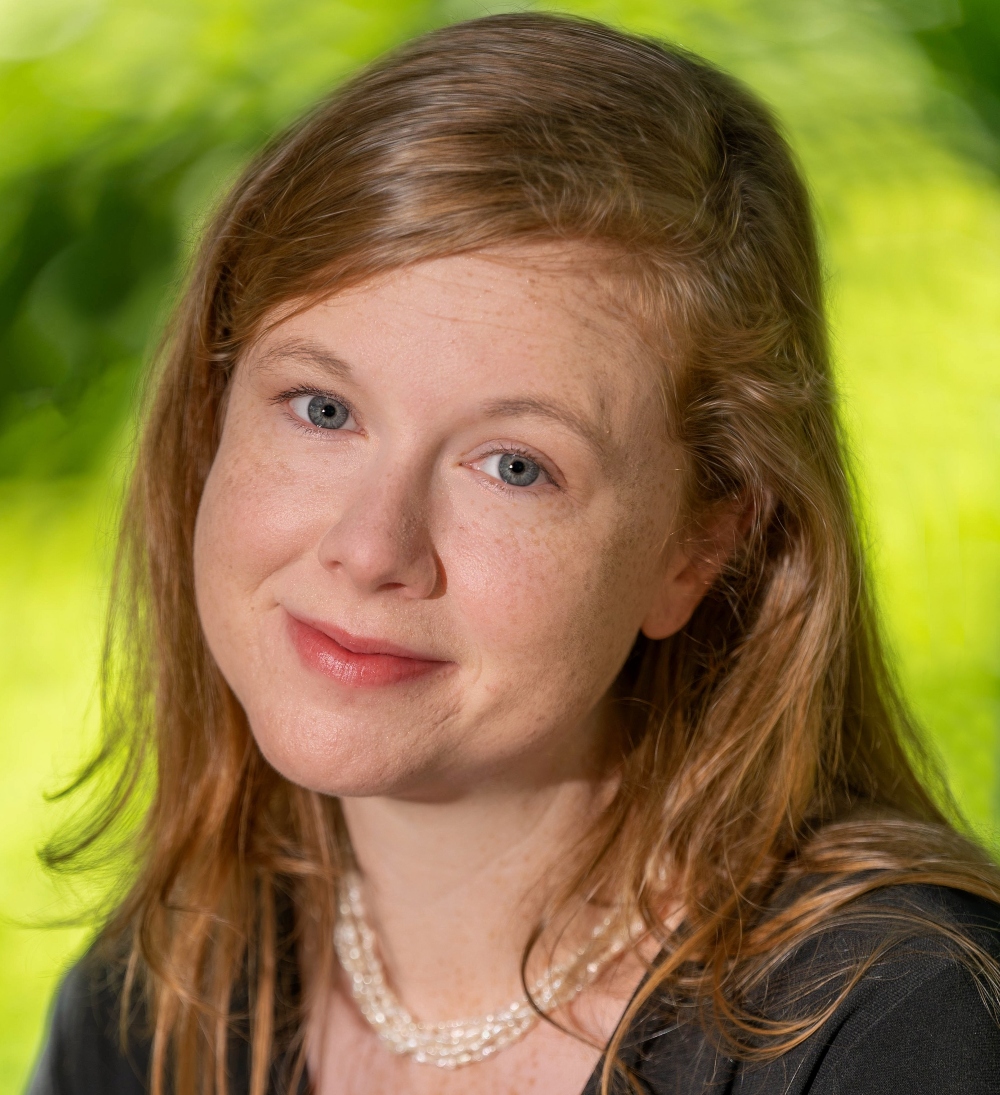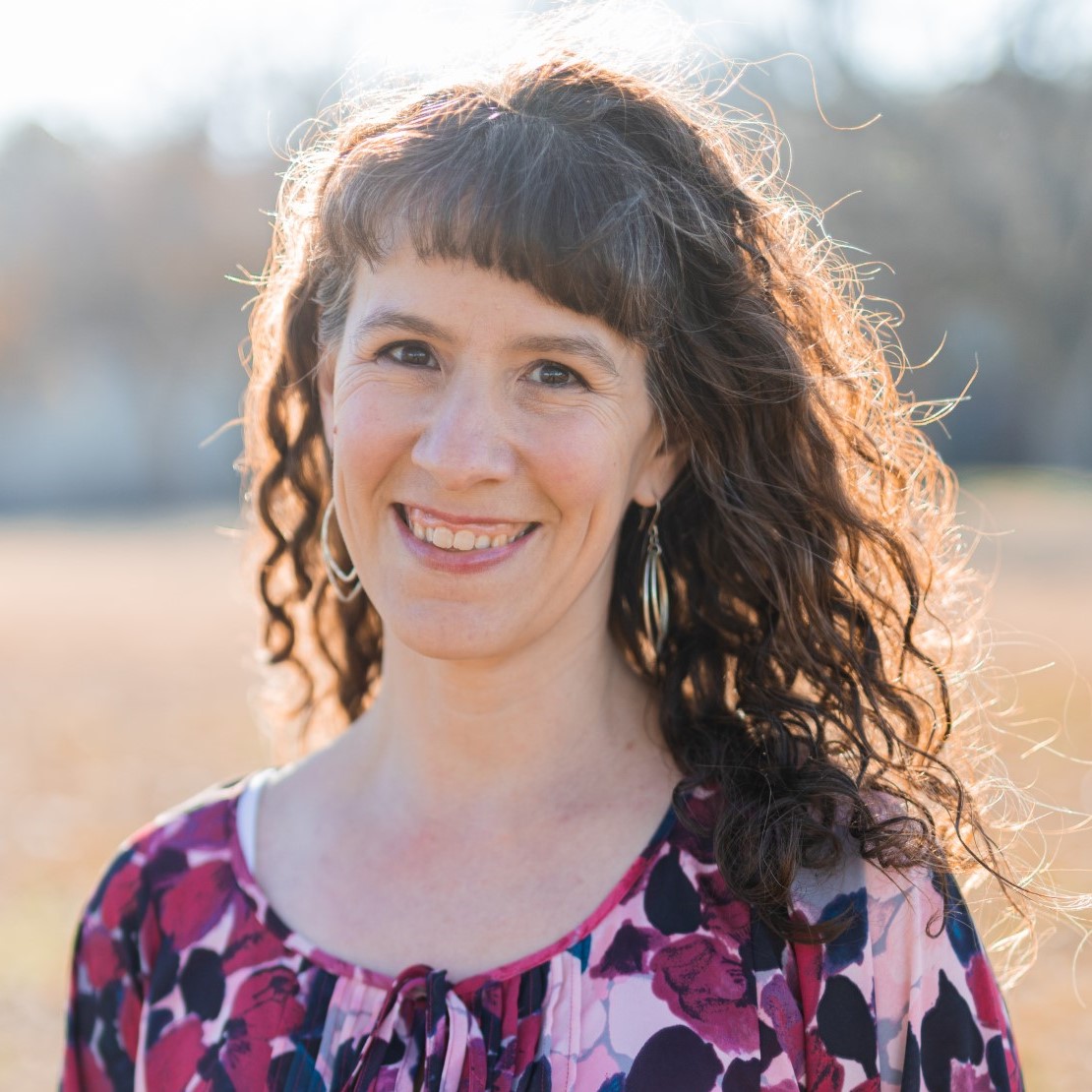Never Let a Dream Grow Cold

“Place your hope in the Lord: be strong and courageous
in your heart,and place your hope in the Lord.”
Psalm 27:14 (New Catholic Bible)
Dreams come in all sizes, shapes, and forms like brilliant clouds in the sky. Sleep dreams are out of our control, like a movie that plays out as we rest. Life dreams or goals are the ones we think we can control. A common thread is waiting.
Dreaming while we sleep requires little effort. All we need to do is close our eyes (or shades as some refer to them), which God has provided for our rejuvenation. The waiting part of a sleep dream is in the moments before we drift off to our slumber. The subject of the dreams is determined only by God and the unconscious thoughts which come alive as we dream. Often, a dream that occurs at night is only a blurred image that we can’t put our finger on. The events of the dream may be remembered in days to come, but most often they fade into a vast array of past dreams.
As we sleep, dreams play out and affect us with happy, sad, or even scared emotional responses depending on the dream. It is often helpful to keep a dream journal handy when you wake up and remember the dream vividly. Recording the dream is beneficial in determining a dream pattern and perhaps a gift or insight from the Holy Spirit. Scripture tells us that God can speak to us through our dreams. Therefore, though sleep dreams may seem trivial sometimes, it may be fruitful not to let them grow cold.

We read about many sleep dreams in the bible. The three wise men who traveled to pay homage to Jesus received such a dream. We learn that “having been warned in a dream not to return to Herod, they departed for their country by another way” (Matthew 2:12).
Life dreams or goals are significantly more complicated than those mentioned above because they encompass our expectations and a high level of emotional attachment. Dreams of this nature are often afflicted with the task of waiting. We have heard terms like dashed dreams or a dream come true, two different extremes often requiring one to wait patiently.
We wait because we need or want something to happen, and when we are waiting for a dream or goal to come alive, this can bring frustration, sadness, and doubt. One way to counterbalance this is to invite God into the pause.
Taking life dreams into prayerful conversation with our Lord not only makes the wait manageable, but it also confirms that the plan aligns with glorifying God. I can’t count how many times my ambitions were suddenly halted. In each case, my emotional response was not pleasant until I realized that what I wanted was not of God but entirely my own vision.
I like to think of dreams for my life in this way, that I am waiting patiently for the Lord without expectations. I surrender my thoughts, words, and plans to the vision of my God. Prayer becomes the catalyst for making dreams come true. Growing in intimacy with God as we discuss the details of such dreams is a beautiful experience. Journaling each step, concern, and joyful moment helps to keep me aligned with God’s vision.
God wants us to succeed and be happy, and so He places the seeds for dreams in our hearts. Eventually, insights will become easier to recognize, and hopes and dreams will come alive. Never, ever let a dream grow cold. God is working in you, for you and His Glory!

